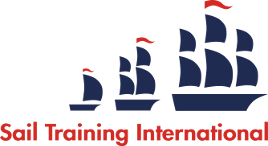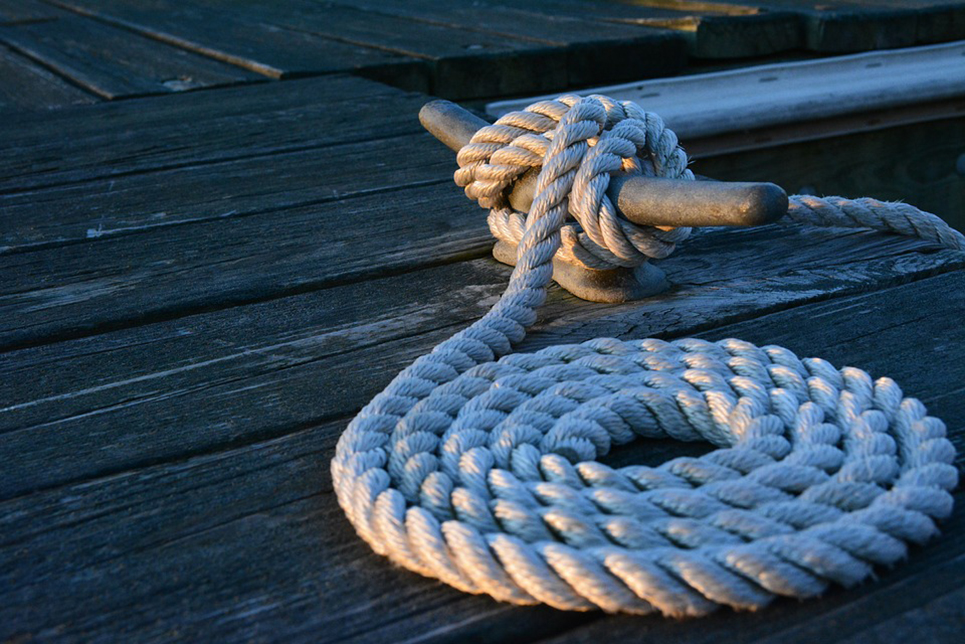ASTO theory of change, evidence review and measurement framework
Prepared for ASTO by James Noble, Anoushka Kenley and Sonali Patel, New Philanthropy Capital, 2017
Theory of change
What is a theory of change?
A theory of change is a map of causal links which seeks to explain why and how an intervention has impact. Effectively, it is a description of how we think change happens and it forms the basis for impact measurement, by helping organisations identify and prioritise outcomes for measurement.
This theory of change is based primarily on a workshop held at the ASTO annual conference 2017, at which around 70 sail training practitioners and experts reflected on how sail training achieves change for participants. It is also informed by literature on sail training and sail training programme reports and was reviewed by experienced sail training practitioners and researchers.
A theory of change for Sail Training
Sail training takes many of the components of other land based, outdoor adventure activities– such as overcoming challenges to achieve goals, working as a team, being isolated from the outside world and learning new skills– but with factors that can potentially make the impacts stronger. While elements of these factors are shared with other experiential activities, the specific challenges and unique physical environment of sail training can result in a distinctive experience. We have called these factors ‘boosters’, though they could also be thought of as enabling factors, catalysers, mechanisms or a prism through which sail training activities should be viewed when considering outcomes. We haven’t ascribed boosters to particular outcomes because they work across the theory of change. They have the potential to increase initial take-up and engagement in activities and contribute to stronger and longer lasting impacts.
The boosters we have identified are:
‘Intense / accelerated’ experience—because sail training is continuous and residential in the most fundamental sense (there is limited option to walk away once you are on board), benefits of activities might be intensified or seen more quickly than, for example, a regular weekly activity. This is also linked to ‘risk’ and the ‘real’-ness of the experience (see below), which may mean participants feel the impacts of participation more intensely.
‘Real’ experience—actions are seen as having real consequences with real purpose, rather than being abstract, virtual or invented for the point of learning. The purpose of rules and boundaries, which may be challenging for some participants in everyday life, are clear. In addition, the immediacy and ‘real-ness’ of the experience may mean that participants can immediately see their individual value and impact on the group.
‘Risky’ experience—the perception of genuine risk (though in reality risk is very limited) means that participants feel reliant on staff and their peers to successfully complete the voyage. Participants have no choice but to put their trust in staff, and this is reciprocated and rewarded when participants are trusted with important responsibilities for the sailing of the ship. The ability of staff to manage the degree of perceived risk means this can be adapted for different individuals or groups and therefore, where staff are skilful, be used as a tool to influence participants’ experience abroad and response to the environment. Feeling at risk or suffering physical discomfort (such as sea sickness) may also create feelings of vulnerability which have a levelling impact—participants are literally all in the same boat and are more likely to support their peers.
‘Different’ experience— being in a truly new and socially diverse environment (with no prior contact with the sea staff and potentially as a mixed group of participants) may mean participants are more likely to lose pre-conceptions of the limits of their own abilities and address habits reinforced by their normal, everyday environment. And because sea staff do not already know participants, they are able to challenge their perceived limits. The unique nature of the activities involved in sailing can also have a levelling impact—individuals who are the most capable in other areas of life may be the least capable afloat, and vice versa.
‘Isolated’ experience – being totally away from home, without factors (like social media) that reinforce participants’ normal, everyday behaviours or the ability to walk away, means participants are more likely to be present and reflective.
‘Peak’ experience – because of the intensity of the experience, memories may be stronger and therefore potentially have a longer lasting impact than comparable activities.
In the theory of change, we have grouped activities broadly into three categories.
Self-knowledge and personal development
Throughout the voyage, participants are set challenging but achievable goals requiring them to apply new skills in an environment that often takes them outside their comfort zone. This can generate a sense of achievement that increases levels of self-confidence and self-esteem and in the case of sail training, this may be boosted by the successful completion of tasks with a degree of perceived risk attached, or because participants are trusted by staff with responsibility for tasks with ‘real’ consequences (ie tasks which impact the successful sailing of the ship). Participants learn about their ability to have control (ie, sailing the vessel) despite challenging external variables that are outside anyone’s control (eg, sea state or weather).
Completing tasks they didn’t want to try or felt they couldn’t complete, like unpleasant domestic chores or climbing aloft, and realising that they can cope with being uncomfortable / outside their comfort zone, can create increased resilience, personal-discipline and boost participants’ belief in what they are capable of achieving. Opportunities to reflect, like team debriefs, and to be listened to by staff and peers provide participants time to consider their achievements which can further cement positive personal development.
In the longer term, these factors can contribute to participants developing a ‘can do’ attitude, feeling more motivated or resourceful when they face challenges.
Knowledge and learning
During a voyage participants learn about a range of things including sailing skills, domestic chores (which may be a first for some participants), food hygiene and the environment. In addition, tasks involved in sail training can require participants to employ critical thinking to solve problems.
Putting learning into practice can be more engaging than learning in environments like school where problems can seem abstract—on a voyage, participants can immediately see the impact of the decisions they make. In good examples of sail training, staff employ techniques such as effective questioning to maximise this impact. As a result, participants may have a stronger sense of purpose for learning and greater motivation to learn new skills.
In combination with the personal development outlined about, these experiences are likely to improve young people’s aspirations and contribute to them be more engaged in learning.
Social skills
Having to live in close quarters—sharing living space, sleeping in the same room and eating meals together—is an intense social experience. The result can be the creation of lasting friendships and an increased understanding of the need for patience, respect and tolerance of others in order create a positive social environment. Participants also have to work effectively as a team facing common challenges (eg bad weather) to complete tasks necessary for the voyage. The successful achievement of team goals helps participants value good team work and creates a stronger a sense of team/community. On top of this, being in a ‘risky’ environment evokes feelings of vulnerability and discomfort which acts as a leveller intensifies the impact of the close social environment and team work—both because participants are more likely to feel reliant on their peers and staff for their wellbeing and safety, and because feeling vulnerable may mean participants lose ‘masks’ (bravado or other social identities). Sharing feelings of vulnerability and mutual reliance can result in a stronger sense of equality, particularly where participants support each other through common challenges, like seasickness. Participating in a voyage with people from diverse social or ethnic backgrounds can help bridge social gaps This combination of intense socialisation, team work and the equality of social interaction results in a strong sense of community among participants, where social differences and reputations from ‘normal life’ become less important. As a result, participants may have more respect for, and sensitivity towards, their peers; and social differences are more easily bridged. Positive social experiences may also impact participants’ sense of personal identity and promote self-awareness, as they begin to see themselves as they are seen by their peers and staff aboard, rather than the identities they hold in ‘real life’.
Quality of delivery
This theory of change explains the potential causal pathways from activities to outcomes. However, as with any programme, good quality delivery of is important to achieving impact. Quality can depend on the effective management of the ‘Activities’ column in the theory of change and more broadly, the quality of staff as facilitators and role models is an important factor in achieving outcomes. This is particularly relevant in considering staff as role models, how young people feel when staff treat them with respect and consideration, and when they have to put their trust in staff in an unfamiliar, challenging environment.


